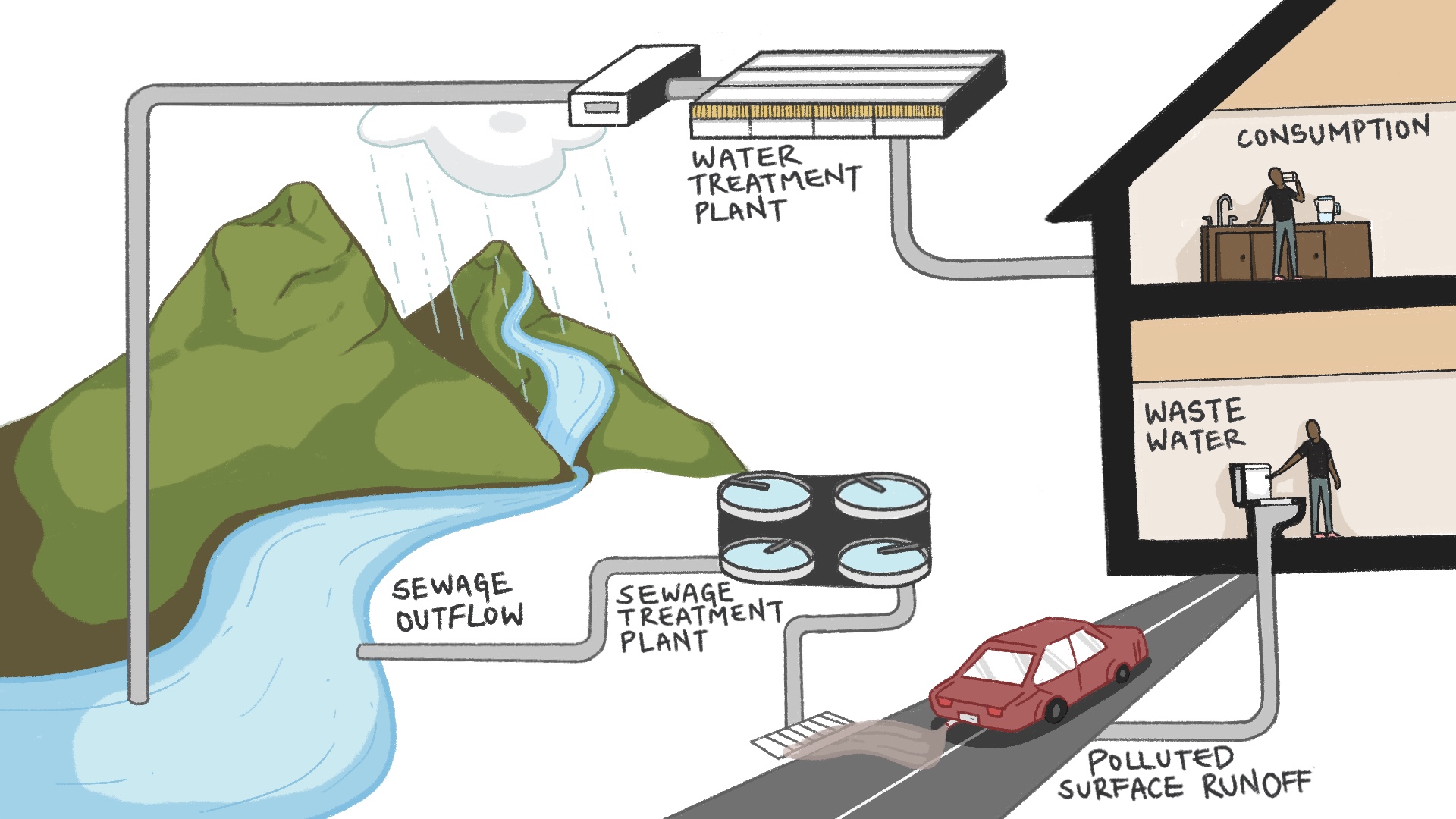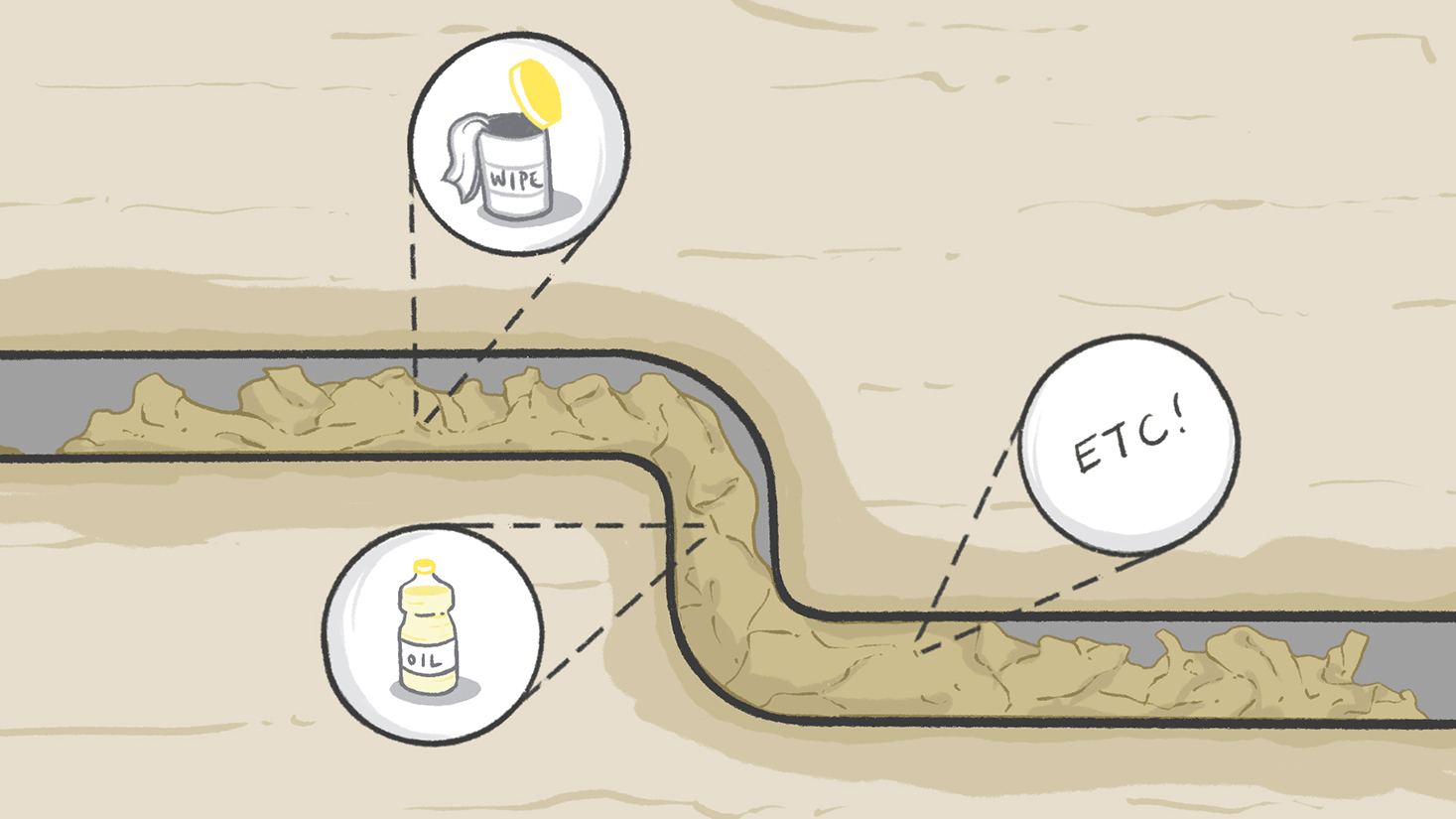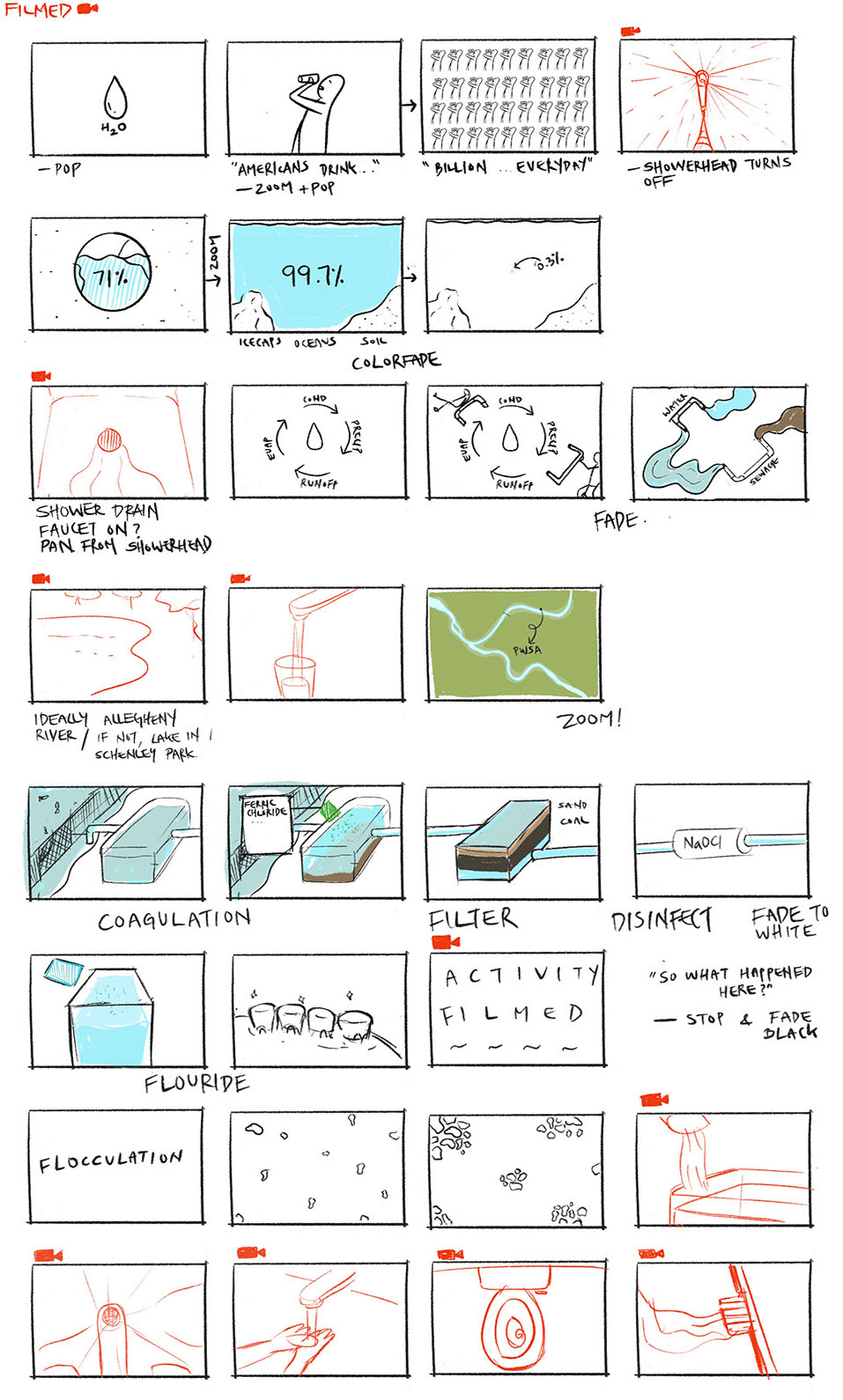Fatbergs and Flocculation
educational videos, activities, and articles on water in the anthropocene
Carnegie Museum of Natural History
Project Synopsis
When the COVID-19 pandemic hit the United States, everything went on lockdown, including the Carnegie Museum of Natural History. As the Carnegie Museum's first remote intern I was tasked with creating virtual learning experiences on "Water in the Anthropocene." The final products were two educational videos and corresponding blogposts on the input and output of the human water system.

Fatbergs
The first video and blog post were about fatbergs and how human interaction with the inputs of the sewage system affects both other people and the environment. The experiment in the video is a simple test to see how and why toilet paper disintegrates, reinforcing the notion that, what people put into the water cycle affects it.

Flocculation
The second video and blogpost were about the water sanitation system and how water is treated and brought back to people and the environment. Both videos contain simple science experiments that young learners could try at home. This experiment is a more advanced experiment on visualizing flocculation. All that is required is dirty water from a local natural water source and alum from a grocery store.

The Process
My internship at the Carnegie Museum of Natural History was a continuation of the H2OME project. The internship started with preliminary research about water in the Anthropocene and how I could relay my findings in an engaging and interactive medium. The full research and design process can be seen on my Medium.
Although this was my first time creating time-based media, I was able to utilize my previous experiences with illustration and creating visual narratives to implement my ideas. The full process included a written storyboard, a visual storyboard, a sketch video (storyboard with voiceover), and the final video.
